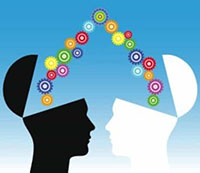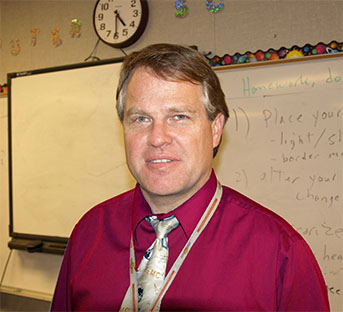
Starting a 21st Century Learning Environment on a Limited (or No) Budget
ISTE 2018 Poster Presentation by Richard Styner
The 21st Century Classroom uses technology to foster student-centered investigative learning. Technology does not simply replace paper and pencil, but transforms the teaching experience. Even with little to no funding, educators can begin creating engaging classrooms. This session explores practical steps you can take immediately.










